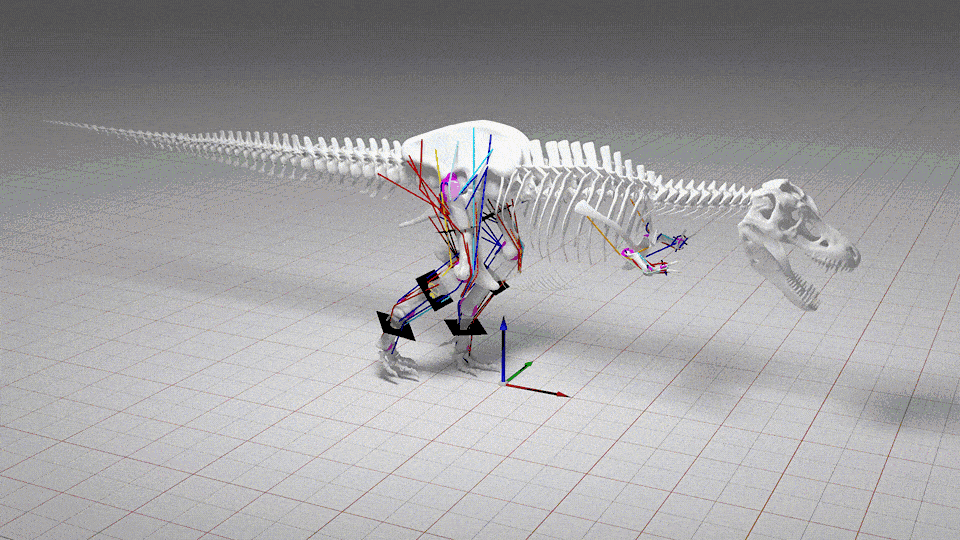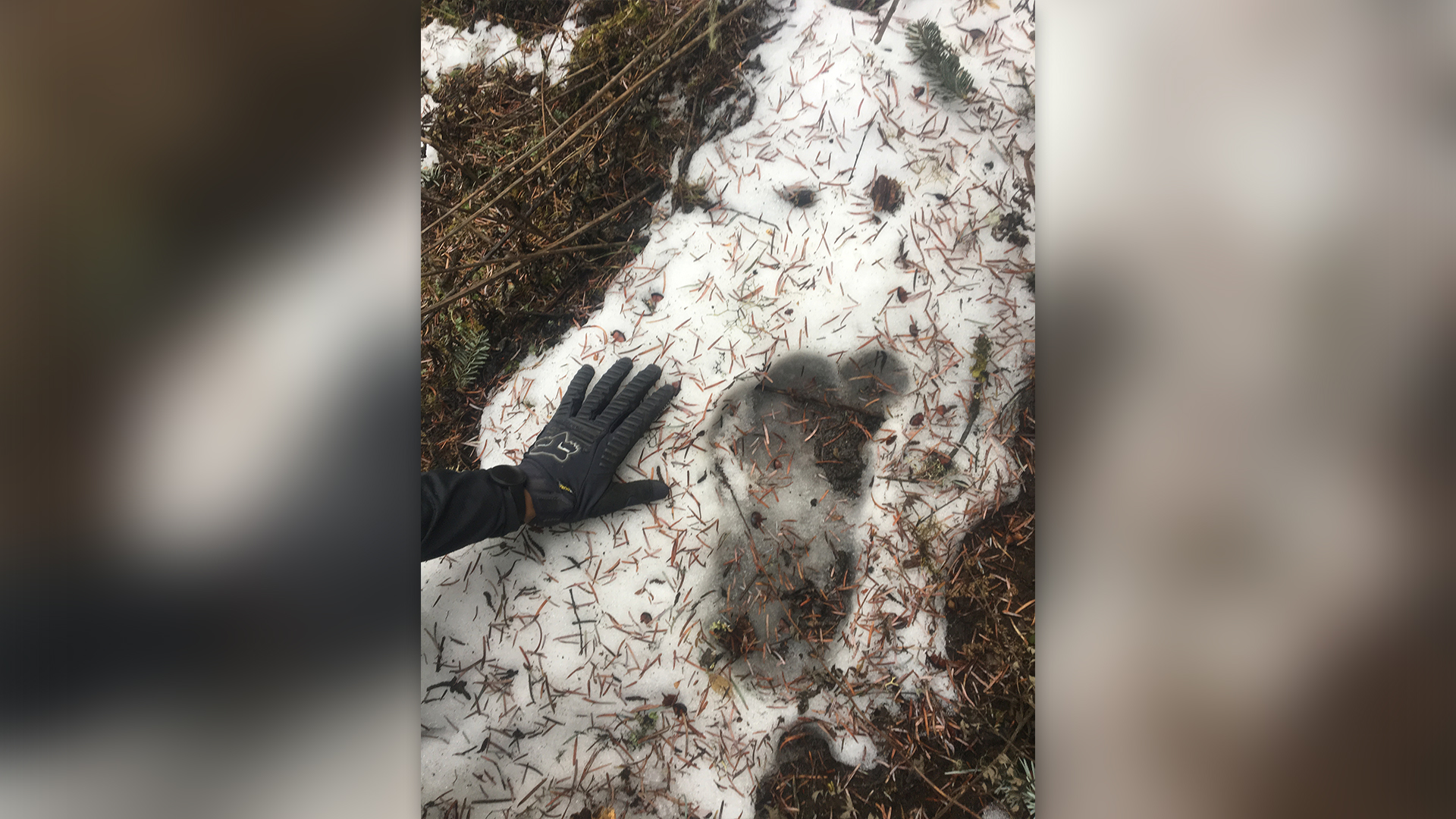When you purchase through links on our site , we may bring in an affiliate commission . Here ’s how it works .
While basketball player LeBron James ' brake shoe size ( 15 ) is middling large , it ’s nowhere near the considerable animal foot size of the dinosaur with the largest feet on record , a new study finds .
That honor go to a long - necked dinosaur of " tremendous proportions " that lumber around about 150 million old age ago in what is now Wyoming , the researchers said .

A photo from the 1998 excavation, with the brachiosaur foot bones below a tail of aCamarasaurusdinosaur.
At near 3.2 feet ( 1 meter ) long , " it is the largest dinosaur foot that was ever ground , which must have belonged to one of the large earth animals ever , " study co - researcher Emanuel Tschopp , a postdoctoral bloke at the American Museum of Natural account in New York City , secern Live Science . [ Titanosaur Photos : Meet the Largest Dinosaur on Record ]
research worker come up the giant - sizing foot fossils in 1998 , buried underneath the tail of a long - neckedCamarasaurusdinosaur . These fogey are part of the Morrison Formation — a rocky expanse know for its Late Jurassic period fossils , specially its sauropod dinosaur ( long - necked herbivorous dinosaurs that walk on all quadruplet ) , such asDiplodocus , BrachiosaurusandApatosaurus . Though the scientist are n’t sure what species the fogey came from , it ’s potential a close relative ofBrachiosaurus , which made a cameo in the 1993 pic " Jurassic Park . "
During the dig , the fossilist found " several someone of various ages and from at least three different species , " Tschopp say . " This foot emphatically belonged to the large soul preserve in this quarry , but unfortunately , nothing else of it was found . "

ABrachiosaurusnibbles from anAraucariatree. These dinosaurs had enormous necks and relatively short tails. The newly described dinosaur was likely a close relative ofBrachiosaurus.
The foot — a left hindfoot — was so massive that the paleontologists from the 1998 shaft nickname it " Bigfoot . " But despite its jumbo size , the foot had n’t been described in point until now , say lead study researcher Anthony Maltese , curator of the Rocky Mountain Dinosaur Resource Center in Woodland Park , Colorado , who also pack part in the 1998 archeological site .
To investigate , Maltese and his fellow worker used a3D - scanningtechnique to take accurate measuring of the mystery dinosaur ’s foot and then compared those with the metrical unit finger cymbals of other sauropods . They found that the brute was closely related toBrachiosaurusand that it likely fend about a whopping 13 feet ( 4 m ) tall at the pelvic arch .
Related : The most famous Bigfoot sighting

Given the dinosaur ’s fantastic foot size , it ’s secure to call it a titanosaurian — the largest grouping of sauropod dinosaurs — which include the 122 - foot - long ( 37 m)Patagotitanand the 115 - metrical foot - long ( 35 m)Argentinosaurus .
The freshly trace human foot bones are slightly larger than those of the long - neckedGiraffatitansauropod dinosaur and " considerably big than those ofDreadnoughtus , which was report to be one of the largest sauropod ever found . " Even so , it ’s by no substance the bombastic dinosaur on record , the researchers write in the study . That ’s because foot sizing does n’t like a shot equate to body size of it .
" Some of the largest sauropod dinosaur such asArgentinosaurusorPatagotitando not save pedal point [ foot ] textile , but have femur length that considerably exceed our estimate for [ the newly discovered dinosaur ] , " the researchers wrote in the study . For instance , the secret dinosaur has an calculate femur length of 6.7 feet ( 2 molarity ) , whileArgentinosaurushad a femur length of 8.3 metrical unit ( 2.5 m ) andPatagotitan’swas 7.7 feet(2.3 m ) , the researchers state .

The finding also reveals that big brachiosaurs and their secretive relatives populate huge geographical swaths 150 million geezerhood ago , from eastern Utah to northwestern Wyoming .
" This is surprising , " Tschopp said in a statement . " Many other sauropod dinosaur seem to have inhabited smaller area during that clip . "
The sketch was published online today ( July 24 ) in theJournal of Life and Environmental Sciences .

Original article onLive Science .















